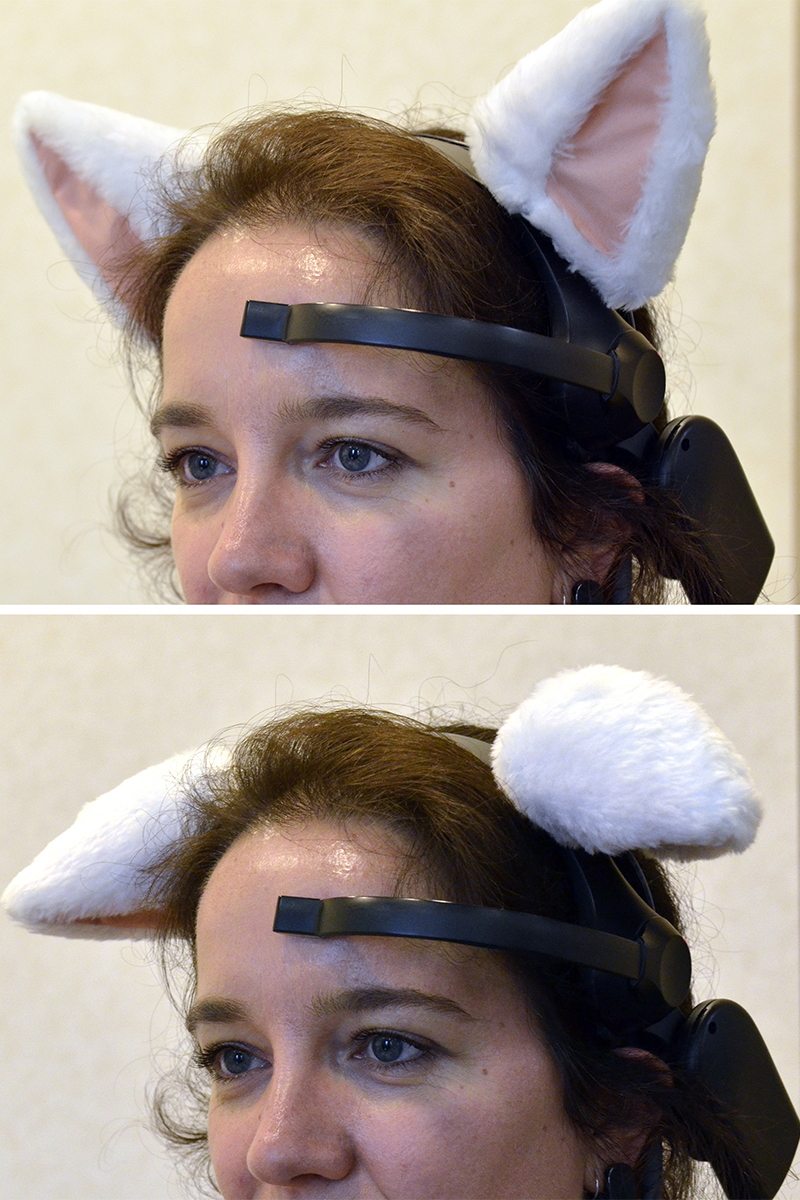
Throughout history, inventors have sought to solve everyday problems with ingenuity and flair. However, not all inventions are practical or necessary—some are simply bizarre. This article explores 15 of the strangest inventions ever created, ranging from the quirky to the downright absurd.
Among the most unusual is the Necomimi, brainwave-controlled cat ears from Japan that perk up or droop depending on the user’s mental state. Popular among cosplayers, they remain available for around £90. Equally odd is the Tomatan, a tomato-dispensing robot worn on the back, designed to feed runners mid-marathon, though it never made it to market.
Transport innovations have not been spared eccentricity. The 1930s Dynasphere, a monowheel motorbike, could reach 48 km/h but was impractical and dangerous. Meanwhile, the Fliz bike suspends the rider from a frame, requiring them to run to propel it forward. Rinspeed’s sQuba, a prototype submersible car, was inspired by James Bond but remains a concept.
Other entries include the glowing tyres of the 1960s, which looked impressive but melted under heavy braking, and the V-shaped bed by Joseph Pilates, intended to keep the spine aligned but never caught on. The Hayfever Hat, created by Kenji Kawakami, dispensed tissues continuously and epitomised the Japanese art of ‘Chindogu’ – inventions that are both ingenious and useless.
Some devices aimed to bring comfort or convenience in unexpected ways. Bed glasses from the 1930s allowed reading while lying down via periscope-like mirrors, and the Ostrich Napping Pillow offered a bizarre yet cosy way to nap at your desk. The Crane Head Cereal Serving Device, a wearable milk-powered crane, let users serve breakfast hands-free, but remains a novelty.
Then there are creations that verge on the ridiculous: a mechanical cat designed to scare rodents, a moustache shield patented in 1876 to protect facial hair during meals, and the infamous Pet Rock, which sold over a million units before fading into obscurity. Finally, the baby cage—a metal box mounted outside windows to give infants fresh air—was a chilling solution that, thankfully, never gained popularity.
These inventions, while rarely successful, offer a fascinating glimpse into human creativity and the peculiar paths it can take.

